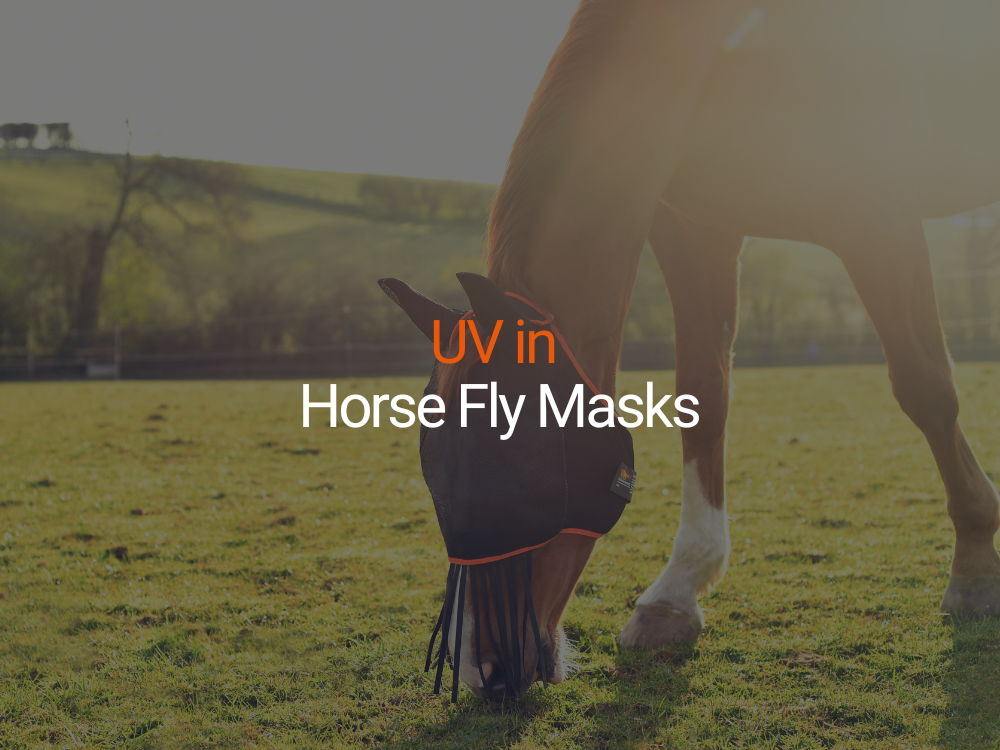Does your horse has any unusual lumps, bumps rashes or bald patches? How do you know what skin condition it is?
Understanding horse skin conditions can be confusing and frustrating to know how to treat them. Skin irritations can develop at any time of year, but each season can create a problem for sensitive horses.
We look at 6 of the most common skin conditions, advice on recognising them and the treatments available.
Mud Fever/Pastern Dermatitis
By far the most common skin condition, especially during the winter months, is mud fever, or pastern dermatitis. This is a dermatitis involving the skin on the back of the pastern, fetlocks, and further up the leg. It requires moisture to become established, which is why it is often called “mud fever”. However, it is also commonly seen during the summer months, due to the early morning dew, followed by hot sun.
Horses with white legs appear to be very susceptible. In these cases, you will often see the dermatitis extending all of the way up the horse’s white “sock”. It is mainly caused by the bacteria, Dermatophilus congolensis.
Treatment
Treatment involves keeping the legs as clean and dry as possible, and clipping the hair is also helpful. If the legs are swollen, a vet must be consulted, as this usually indicates infection, which will need antibiotics. The legs are often very sore, and once the area is clipped and cleaned, applying a soothing topical cream will aid comfort.
Occasionally severe pastern dermatitis, especially during the summer months, in areas with pink skin (white socks) may be an indicator of a more severe underlying problem. It could indicate liver disease, or an immune mediated disease, so, if in doubt, speak to your vet.
Rain Scald
Rain scald is basically mud fever, but on a horse’s back. As with mud fever, this is caused by the bacteria, Dermatophilus congolensis, and is due to the horse’s back being exposed to prolonged periods of wet weather. Treatment is to keep the area clean and dry, and will often require a period of stabling to resolve.
Leg Mites
An extremely common condition seen in horses with lots of feather, is leg mites, or “Chorioptes equi”. This condition is easily identified, as the horse normally “stamps” its legs on the ground, bites at its legs, or tries to find gate posts or low fencing to rub the backs of its legs on. The mites irritate the skin, and this, combined with the horse rubbing the skin, can result in infection.
Treatment
If not treated promptly (often with ivermectin injections), flies can be attracted to the hair and damp skin, resulting in maggot infestations during the summer months. Keeping the legs clipped, and changing bedding frequently, will minimize the risk of leg mites.
Allergic/Urticarial Reactions
Horses can present with raised patches of varying sizes over their bodies, due to various allergic reactions.
The horse may have:
eaten something.
rolled in something.
or been stung by something that he/she is allergic to.
If there are just a few lumps, and the source is removed, then these should resolve on their own. If your horse is covered in raised patches, especially if these are anywhere near the head, then your vet should be called. Steroids, administered by a vet, will normally result in rapid resolution of the reaction. Unfortunately, anti-histamines rarely work well in horses.
Sweet Itch
Sweet Itch is a specific type of allergic reaction, as it presents in a very specific way readily recognized by most horse owners. Sweet itch is hypersensitivity to the biting midge, Culicoides. The disease can start at any age, and usually worsens with each consecutive summer. Pruritus (itching) usually occurs at the sites where the midge feeds, so the mane and tail, and often the back.
Treatment
The best way to treat and manage Sweet Itch, is by removing the horse from the source. This means stabling the horse at dawn and dusk (normally around 5pm-8am) and keeping the horse well covered with a light ear to tail rug when turned out, to try and prevent the midges from biting. Keeping the horse in an electrified paddock, where he can’t itch, will prevent the rubbing, but won’t help the horse’s comfort. In some cases, your vet will prescribe steroids, but the risk of steroid induced laminitis must be considered. Good fly/midge repellants are essential.
The skin is usually hot and sore, so applying soothing creams and gels will aid comfort. The skin can very easily become infected due to rubbing, so Sweet Itch treatment will nearly always involve your vet.
Sun Burn
Horses with pink noses/white faces can suffer from sun burn, just as we can. Any areas of pink skin must be kept covered up, either with a well fitted fly mask with nose cover, or sun block, or both. Fly masks are easily removed by some horses, so ensure you buy one that both fits well, and is of good quality, to avoid rubbing.
Treatment
Sun burn can be relieved using cooling/soothing gels and in the worst cases, oral anti-inflammatories.
Apparent sun burn on a pink nose may also be a sign of underlying disease, so consult your vet if it does not resolve quickly.




















